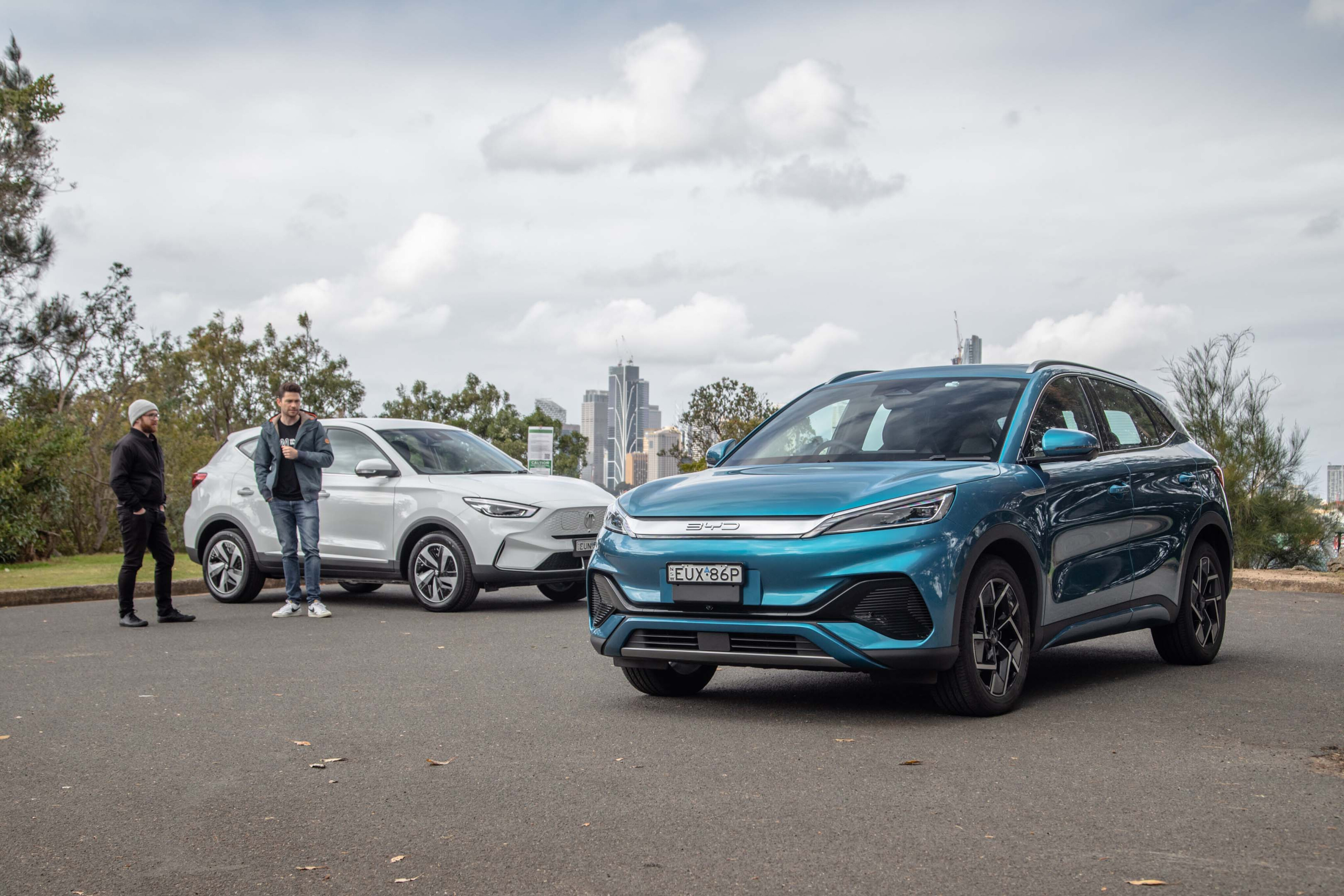
Is it time to switch to an electric car?
It's a question many people ask and ponder on.
Indeed, it shows: the growing interest in electric vehicles is being proved through increasing sales – largely due to the strong supply and value equation of models from Tesla, BYD and MG – but also with new electric car options consistently reaching the Australian market that are driving down prices.
With more models to choose from, and a slowly expanding national charging infrastructure, should your next car be all-electric?
Finally, for many buyers, the answer is probably "yes"... with some caveats.
JUMP AHEAD
- Current state of EV market
- Purchase price & depreciation
- Running costs
- Insurance
- Cost of ownership
- Other EV concerns
THE QUICK VERSION: Is time to switch?
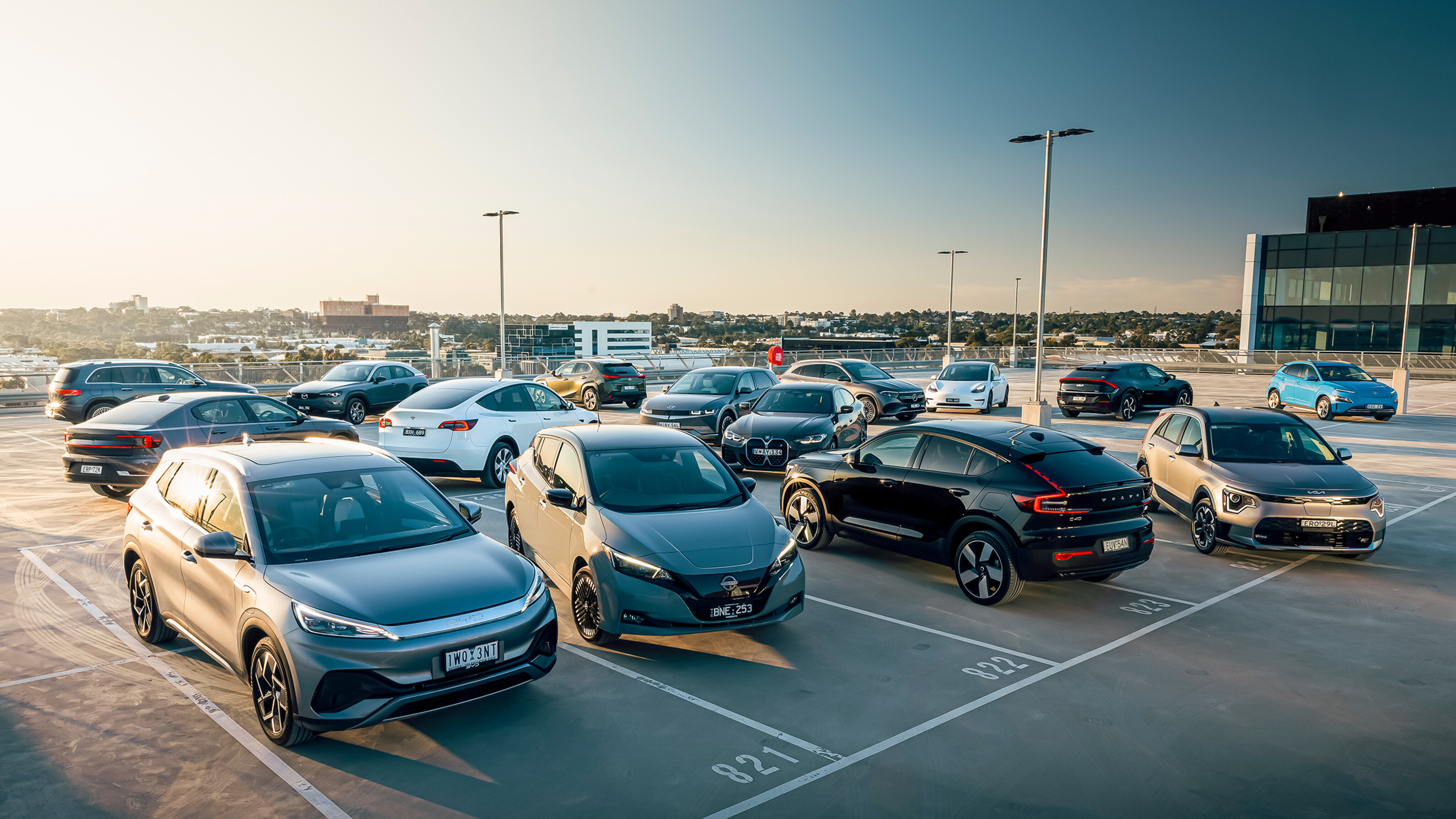
🇦🇺 The current state of EVs in Australia
So far in 2023, a total of 32,050 electric vehicles have been sold in Australia to the end of May. (June figures due early July.)
That represents a substantial 73 per cent increase compared to the same period last year – and is now the third best-selling powertrain behind petrol and diesel.
Yet, it's still small bikkies in a total annual new car market of a million-plus – despite ongoing supply shortages. Even with Tesla's volume, the market share of electric cars is still minuscule at just seven per cent.
None of this is especially surprising given, depending on your circumstances, there’s not many EVs that can be considered “cheap”.
Times are changing though, with Chinese-made electric models, such as the MG 4, BYD Dolphin and GWM Ora electric hatches starting from around $40K, and MG ZS EV and BYD Atto 3 SUVs from $50K.
It’s worth pointing out that internal combustion engine and plug-in hybrid vehicles have crept up their starting prices in today’s inflated and supply-constrained market – alongside buyer demand for more standard features and safety features – so the gap is narrowing or, in the case of the aforementioned models, on par with comparable petrol-powered models.
Even with skyrocketing electricity and fuel prices, EVs still have the critical advantage of lower running costs.
Sourcing power from a household outlet is just more convenient if you adopt a charge-overnight regimen; it’s substantially cheaper on a per-kilometre basis than petrol and diesel. Servicing is simpler, mostly more affordable and sometimes less frequent, too.

One of the most affordable electric SUVs you can buy is the popular BYD Atto 3 Standard Range, which is priced from $48,011 before on-road costs. It’s in line with the high-spec Mazda CX-30 G25 Astina in front-wheel drive guise, which costs from $43,310 before on-roads as at the time of writing.
Both are five-door small SUV-styled crossovers, both are well-specified, and both aim to capture buyers who want practicality without choosing a medium SUV.
But which one makes more sense in the long term – petrol or electric? We’ve crunched the numbers in an attempt to settle this argument.
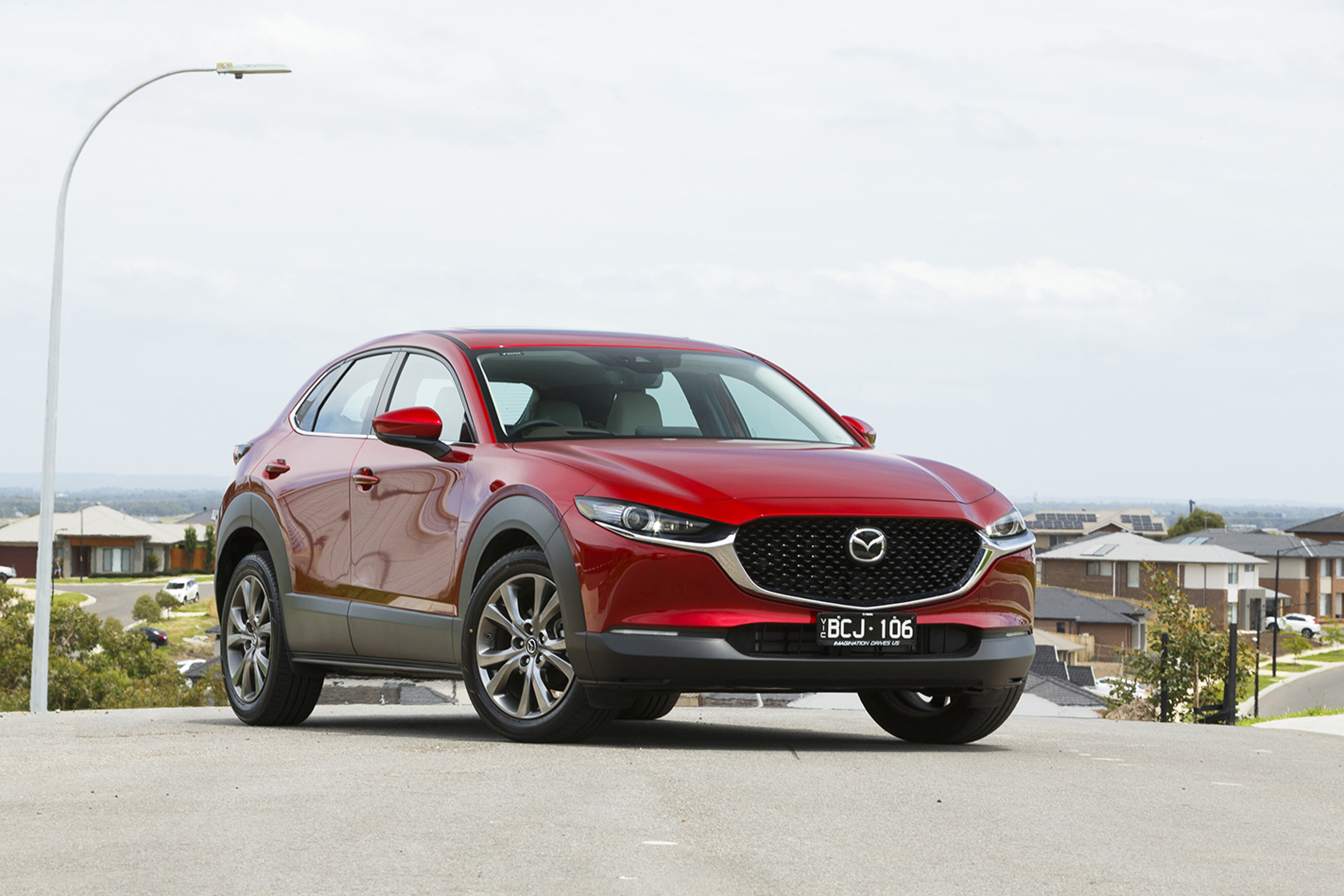
💸 Purchase price and depreciation
Snapshot
- Yes, the CX-30 is cheaper to buy than the Atto 3 (although not in all cases)
- EVs are harder hit by depreciation due to higher price tag
- Depreciation tables could soon turn, fuel-powered cars seen as outdated
| 2023 Mazda CX-30 G25 Astina FWD | 2023 BYD Atto 3 Standard Range | |
|---|---|---|
| Purchase price | $38,120 | $48,011 |
| Estimated trade-in resale value after five years* | ~$21,000 | ~$20,000 |
| Estimated depreciation* | ~45% | ~58% |
| *Minimum dealer trade-in value estimated and extrapolated from Redbook data. Assumes 15,000km to 25,000km driven on the odometer per year. Residual values fluctuate depending on the market. The figures in this story serve as a rough guide only. | ||
From the outset, the petrol-engined small SUV grabs the advantage of $9891 saved before it’s even rolled into your driveway.
Why the discrepancy? All of those raw materials in its battery pack and rare earth metals in the electric motor are quite expensive. With its modest 50kWh usable pack, the BYD still needs lots of them – despite using the more affordable and less contentious lithium-iron-phosphate (LFP) cathode.
However, purchase price is just part of the story. Another key concern associated with owning an electric car, where its battery technology is still developing, is depreciation.

Based on current Redbook data, both SUVs have a similar resale value today, but the BYD does take a harder depreciation hit than the popular Mazda. That’s because it’s more expensive to buy and the carmaker – including local distributor EVDirect – doesn’t have a long track record for reliability and repairs. BYD’s perceived brand reputation is relatively nascent in Australia, too.
Over time, the depreciation tables could turn, with EVs on track to be more mainstream and affordable in the next five years – backed by government public policies.
It’s worth noting that these are only guideline figures of how car dealerships assess reasonable values on traded-in vehicles based on the brand’s historical performance and demand in the new and used market, so if you’re selling a car on the private market you may fare better.

🔌 Running costs
Snapshot
- EVs are much cheaper to run, especially at home
- The more you drive, the more money you save – despite rising electricity and fuel costs
- Servicing cost savings (or lack thereof) vary brand-by-brand
| Fuel/charging running costs | 2023 Mazda CX-30 G25 Astina FWD | 2023 BYD Atto 3 Standard Range |
|---|---|---|
| Per 100km | $11.88 | $2.90 |
| Per year/15,000km | $1782 | $435 |
| After five years/75,000km | $8910 | $2175 |
Let’s assume the average Australian drives around 15,000km per year.
The Mazda CX-30 G25 Astina FWD has a claimed average combined fuel consumption of 6.6L/100km from its 2.5-litre petrol engine and 51-litre fuel tank. This results in 773km theoretical driving range.
At today’s national average price of the cheapest 94RON E10 unleaded fuel at $1.80 per litre, it’ll cost CX-30 drivers about $1782 per year in running costs.
In comparison, the electric BYD Atto 3 has a claimed combined energy consumption of 14.5kWh/100km and 345km claimed WLTP driving range from a full charge.
Electricity prices vary from state-to-state, but assuming you have access to a standard socket at home and charge overnight using an off-peak energy tariff of $0.20 per kWh, it’ll only cost $435 per year.
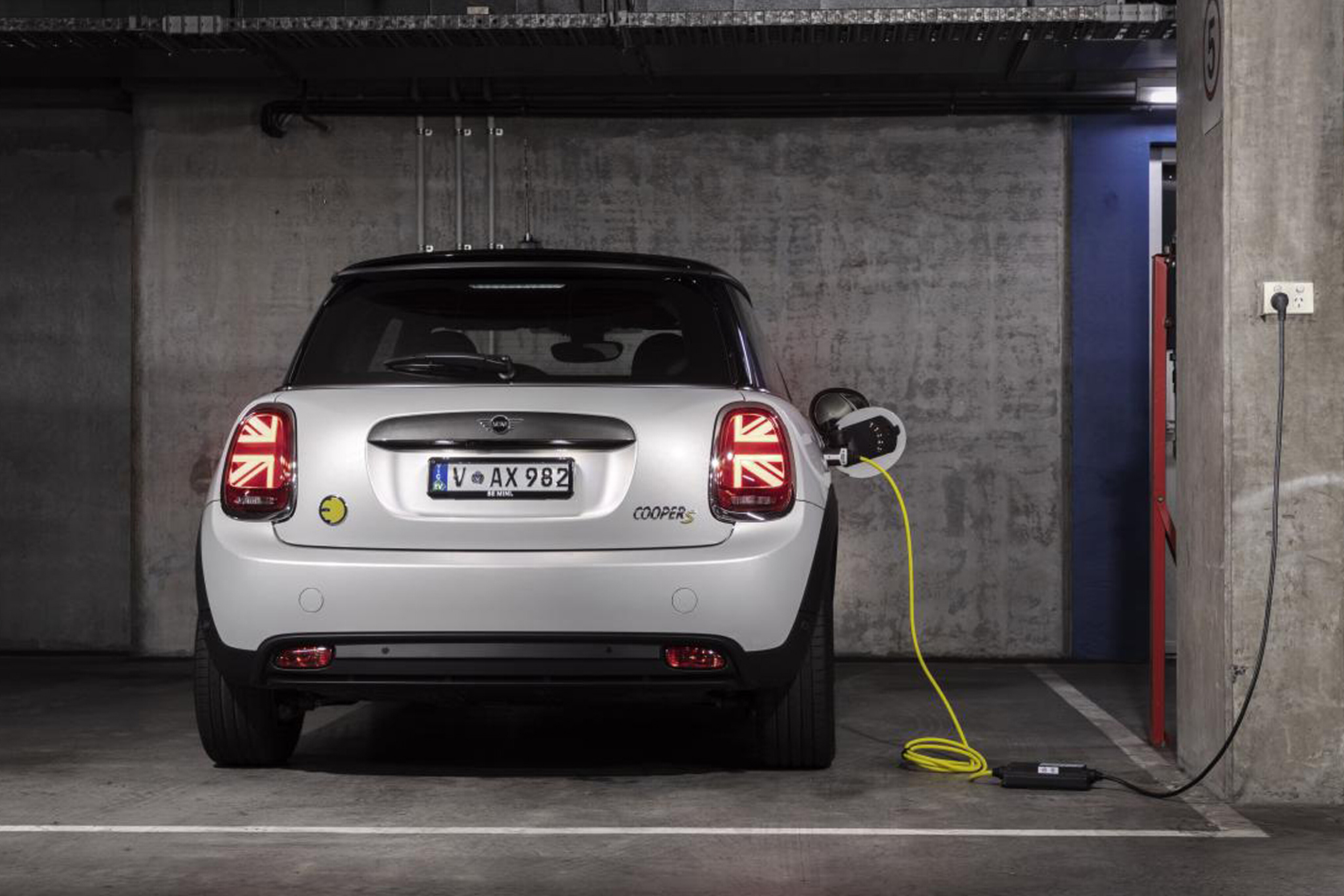
That’s a sizable $6735 theoretical saving after five years or 75,000km of driving by opting for zero exhaust emissions motoring.
If you can take advantage of a solar panel system, recharging your electric car can almost be free during the day or even at night when utilising a home battery storage system. After all, Australia has one of the highest solar uptakes and sun exposures globally.
However, if you can’t conveniently charge at home, plugging-in a standard 50kW public DC fast charger that costs $0.45 per kWh means the Atto 3 costs $6.53 to travel 100km or $979 per year.
That amounts to $4895 in public charging costs after five years/75,000km – which is still cheaper than putting in petrol.
To Victorians...
Victorian-registered EV owners also need to pay a mandatory road user charge based on distance travelled per kilometre. However, other states only plan to legislate it in the future.
This means, a BYD Atto 3 owner driving 15,000km in a year will need to pay the state government $420 under the latest 2023-24 rate. The EV tax is indexed based on inflation per financial year, so it’ll likely increase further.
But, the Mazda CX-30 is not immune. All fuel-powered vehicles nationwide are subject to an excise tax imposed by the federal government. Driving the same distance at the current rate means it’ll cost around $11 annually. The fuel excise is also indexed, but every February and August each year.
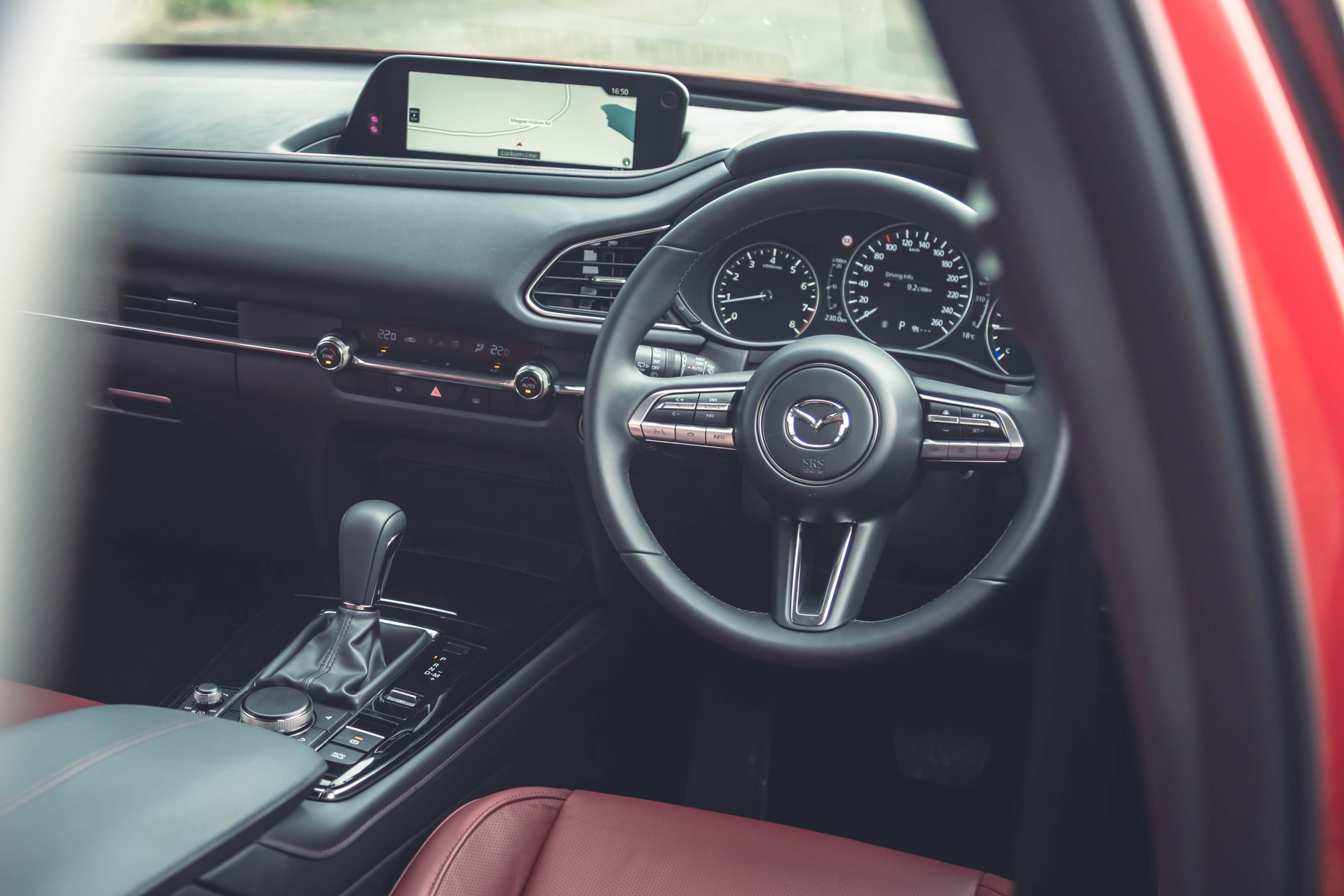
But, there’s maintenance to factor in running costs, too.
| CX-30 G25 Astina FWD capped-price servicing costs | BYD Atto 3 Standard Range capped-price servicing costs | ||
|---|---|---|---|
| 12 months/10,000km | $341 | 12 months/20,000km | $189 |
| 24 months/20,000km | $388 | 24 months/40,000km | $370 |
| 36 months/30,000km | $341 | 36 months/60,000km | $189 |
| 48 months/40,000km | $388 | 48 months/80,000km | $447 |
| 60 months/50,000km | $341 | 60 months/100,000km | $189 |
| Totals | $1,799 | $1,384 | |
The petrol-engined CX-30 demands servicing every 12 months/10,000km – averaging to $360 per visit for the first five services or $1799 in total after 60 months/50,000km.
Meanwhile, the pure-electric Atto 3 needs maintenance every 12 months/20,000km – averaging to $277 per visit for the first five services or $1384 in total at 60 months/100,000km.
While the EV option has longer distance servicing intervals, it represents a $415 saving after five years – if you don’t travel beyond 10,000 kilometres annually.
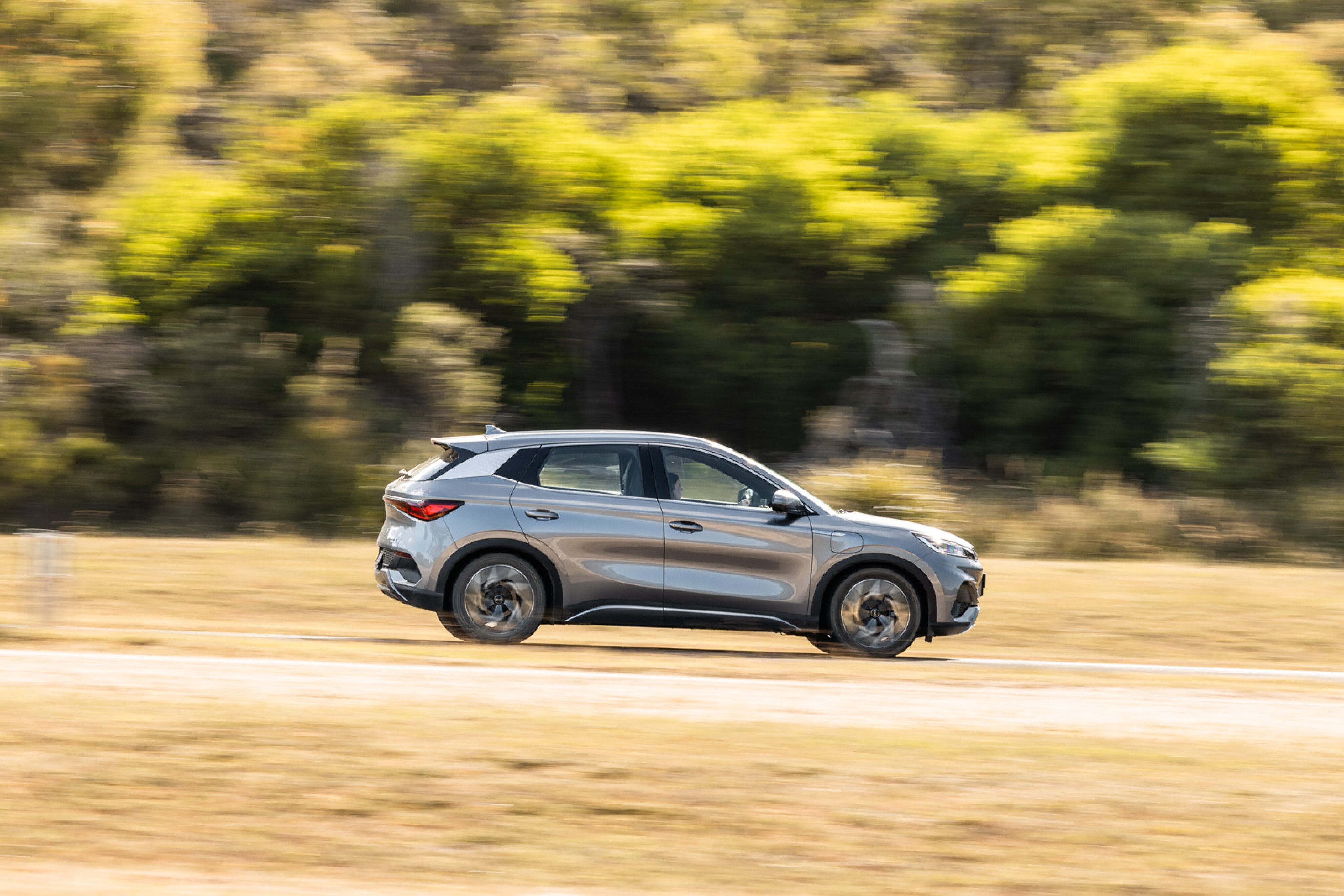
📋 Insurance
Snapshot
- EVs are generally more expensive to insure
- Higher price tag means higher premiums
- Lower electric running costs help offset it
| 2023 Mazda CX-30 G25 Astina FWD | 2023 BYD Atto 3 Standard Range | |
|---|---|---|
| NRMA* | $1392 | $1966 |
| Budget Direct* | $1635 | $2219 |
| Bingle** | $924 | $1012 |
| *Comprehensive car insurance annual premium based on $850 excess, no extras and market value coverage (quoted on 26 June 2023). It assumes a 30 year-old female in Sydney, with a garaged address, clean driving record and claims history, and drives up to 15,000km per year. | ||
| **Excess is $895, as the closest option available | ||
After finance and fuel, insuring your car is another big impost – and one that’s ignored at your peril.
With the assumptions above, we’ve listed three insurance providers – the state motoring club, a more popular insurer, and a budget-orientated offering.
On average, the petrol-run CX-30 G25 has a premium of $1317 whereas the electric Atto 3 costs $1732 annually to fully insure. Why are electric cars generally more expensive to insure? We’ve explained more in this guide.
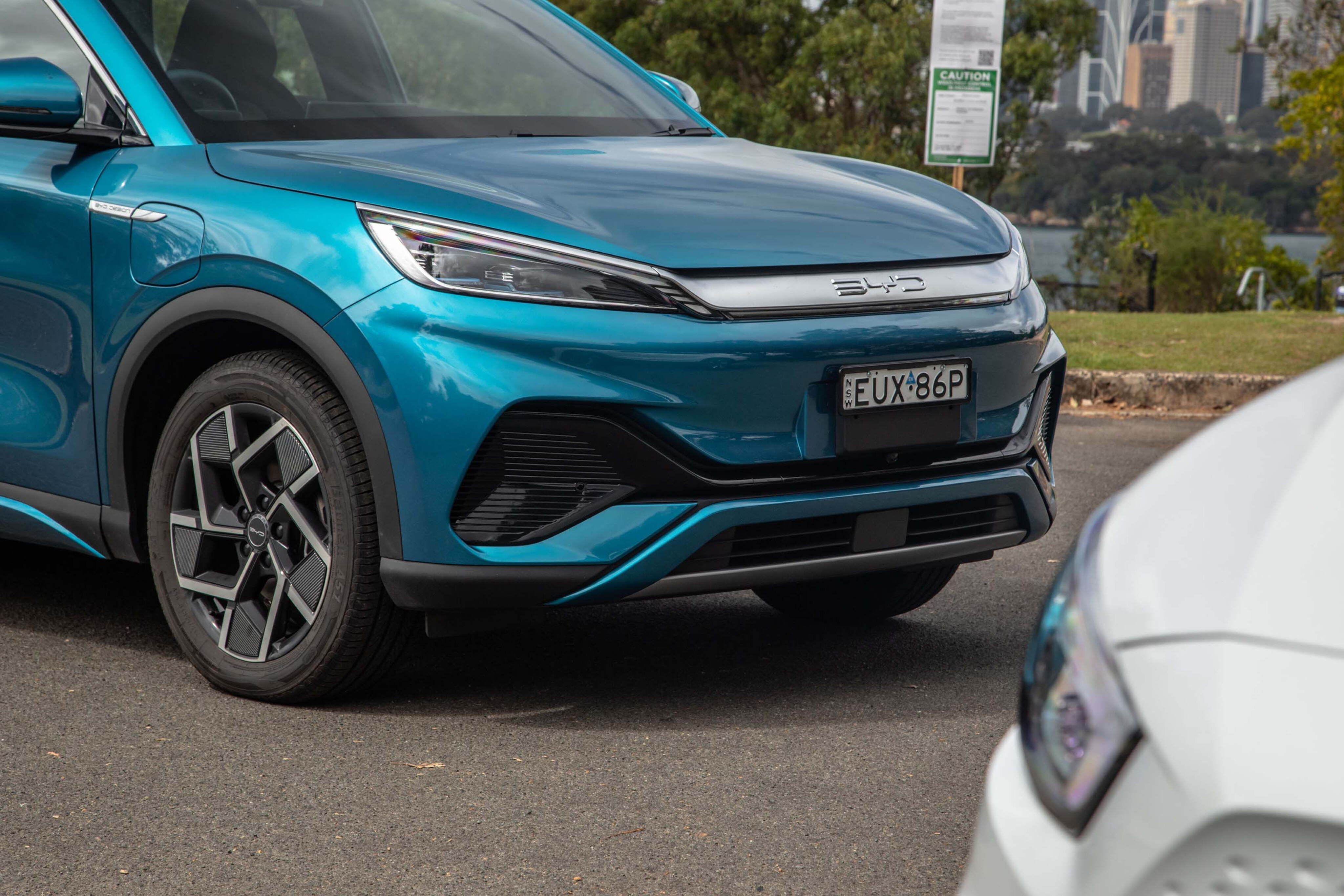
📊 Overall ownership cost breakdown
Snapshot
- EVs are much cheaper to own, but should ideally be charged at home
- The more you drive, the more money you save
- 'Break even' point could be earlier depending on the model
ICE vs EV five-year total cost of ownership comparison
| 2023 Mazda CX-30 G25 Astina FWD | 2023 BYD Atto 3 Standard Range | |
|---|---|---|
| Purchase price (when new)* | $38,120 | $48,011 |
| Running costs (fuel/charging, servicing and insurance)** | +$12,026 | +$5291 |
| Estimated trade-in resale value after five years | -~$21,000 | -~$20,000 |
| Estimated total cost of ownership after five years | $29,146 | $33,302 |
| *Price excludes on-road costs | ||
| **Refer above for assumptions | ||
For the first five years of ownership, the BYD Atto 3 saves owners around 56 per cent in running costs alone compared to the CX-30.
However, if you don’t intend to sell after five years, just based on running costs alone, it'll take about nine years to recoup the ~$10,000 price premium for choosing the Atto 3.
For some, it might be easy enough to stomach putting an electric car in their driveway, getting rid of one less pollutant on our roads and having the thrills of instant torque anytime.
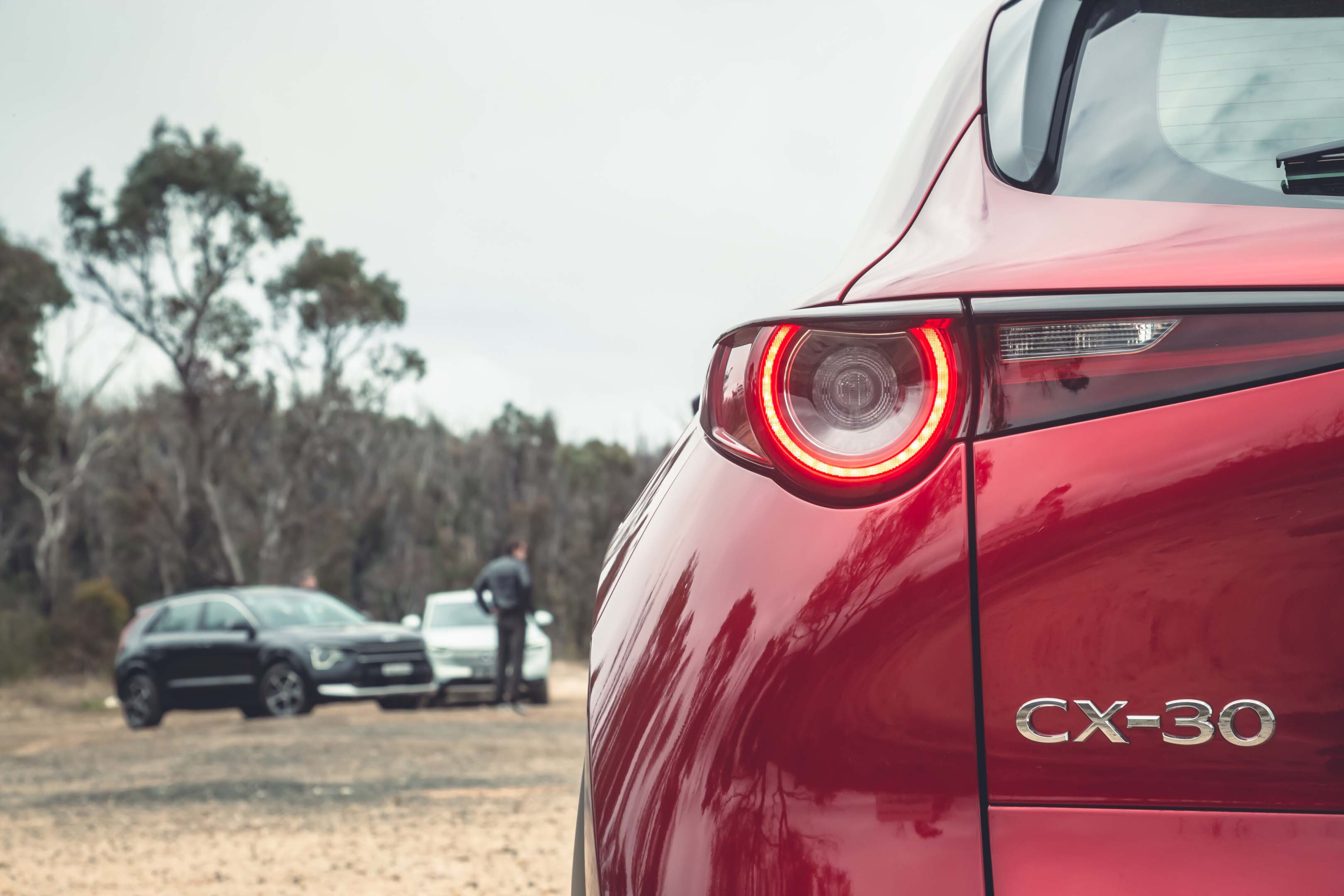
Importantly, the more you drive and the longer you hang onto it, the more financial sense the electric car makes. It’s especially beneficial for company fleets and longer distance drivers.
The silver lining is as the cost of EVs come down (and they are), the economics of ownership tips further in their favour. Are we at the tipping point where EVs are more financially feasible than combustion-powered cars yet?
Almost. But, it’s not as far away as you’d think with more affordable models already landing – such as the BYD Dolphin and MG 4 that are similarly-priced with a top-spec Toyota Corolla or Hyundai i30 – plus landmark government policy on the horizon to further boost supply.

🤔 Other EV concerns
We’ve focused largely on the financial rationale behind whether an electric car makes sense, but there are other ancillary issues that will dictate whether an EV is the right choice for you.
These things will largely depend on your personal situation – for some they won’t be a problem, but for others they may be a deal-breaker.
Battery longevity
Concerns that electric car batteries degrade too quickly and will inevitably require a costly replacement are often exaggerated.
First-generation EVs such as the Nissan Leaf, Volkswagen E-Golf and original Tesla Model S have proven to degrade very little – and don’t become a major impediment to most daily driving needs down the line, as long as owners follow best-practice charging recommendations.
Most car manufacturers cover each model with a dedicated battery warranty of around eight years/160,000km, with some promising that it’ll retain at least 70 per cent of its health during that period – otherwise a battery replacement can be offered for free.
In the case that it’s outside the warranty, technicians can replace individual battery modules most affected, instead of the entire pack to save costs.
Not enough public chargers
It's true that there aren't enough public AC and DC chargers in Australia – which are also reliable – and satisfy the growing demand today.
But, the best charger is your home plug.
Public EV stations should mostly be used on longer road trips that are beyond your vehicle's range capabilities (200 to 700km depending on the model).
This is because they're far more expensive to recharge than at home on an off-peak electricity tariff overnight or during the day when there’s solar energy.
Charging in an apartment block
For those without the luxury of a garage, carport or driveway to park and safely run a cable for charging overnight, it could be a deal breaker to buying an EV (for now).
You’ll need to discuss with your body corporate, owners and other stakeholders to consider installing a standard home socket or AC charging wall box.
Otherwise, you’ll need to rely on the patchy public EV charging infrastructure (if available) – and it’s often more expensive than charging at home, despite rising electricity costs.
Charging time
It usually takes around anywhere from 10 to 50 hours to completely recharge an EV on an ordinary home plug depending on the battery size.
It’ll top-up enough charge for most commutes, but unless you intend to use up all the vehicle’s full driving range capabilities every day (200 to 700km depending on the model), you’ll need to install an AC home wall box charger that can completely recharge it overnight or rely on public EV chargers.
For public fast chargers, it'll take between 20 to 70 minutes depending on the model for a full charge. In that time, it's an opportunity for a good lunch break, grocery haul or walk around the block. But, if you're not pre-occupied and in a rush, it'll feel much longer.
This is why primarily charging at home is most ideal for EV owners – it's more reliable, convenient and cost-effective.
Driving range
It’s often mooted that electric cars don’t provide enough driving range for Australians, but how far do you really need to drive every day?
As the typical Australian passenger car only commutes around 41km per day and commercial vehicles, such as delivery vans and buses, have fixed routes, driving range isn’t a problem in many cases within urban and surrounding areas.
However, if you venture regionally or interstate, EVs can be an inconvenience due to the pre-emptive planning required for charging stops (including backup plans if one fails or is too busy). Yes, it pales compared to diesel, but this is where traditional hybrid and plug-in hybrid electric vehicles (PHEVs) are advantageous.
EV taxes are inevitable
Just like the fuel excise imposed by the government to fund its tax pool (which includes road maintenance and infrastructure), electric car taxes are poised to be legislated by each state.
They’ll likely start from around 2027 or as soon as its market share substantially grows in order to compensate for lost tax income through reduced consumption of fuels.
Today, Victoria is the only state in the nation to impose an EV and PHEV tax that is calculated based on the distance travelled annually.
Model choice and availability
The choice of electric cars in Australia pales in comparison to combustion-engined models we all know and love, but the market is growing.
In Australia, most EVs aren't usually sold in a cheaper lesser-equipped or smaller battery variant, their nameplates are different (eg: Toyota BZ4x instead of RAV4), there's limited supply coming here due to a lack of carbon emissions standards (for now), and lagging demand compared to major developed nations.
But, the list is gradually growing, with the MG 4, ZS EV, BYD Dolphin, Atto 3, GWM Ora, Cupra Born, and Tesla Model 3 electric cars all costing on par with equivalent petrol-powered rivals. For other models, you may need to compromise on getting a car sized a segment below – the price of a fuel-powered medium SUV nets you a small electric SUV, for example.
Resources and human rights issues
EVs do have a higher carbon footprint from the factory, but it’s offset over the lifetime of ownership – yes, even when charged off coal-fired electricity.
The raw materials needed to make a high-voltage vehicle battery are costly and come with an environmental, social and geopolitical impact – depending on where they come from.
New battery developments such as the LFP cathode, which is used on more entry-level EVs, sodium-ion tech, and solid-state batteries will alleviate the reliance.

😳 Time to switch?
As we've highlighted above, making the electric switch isn't yet as simple as it should be.
Yes, it's cheaper to run and own an EV – but you'll also need to consider whether you can charge at home (the ideal method), whether you require long driving distances everyday, and whether you can afford to buy into electric in the first place (or be prepared to make vehicle size compromises).
Also, do electric models today suit your needs and wants from a design, practicality, technology, and capability perspective? With more attainable electric car models arriving in Australia, the choices are growing with some on par with petrol-powered equivalents.
For some, it's a no-brainer switch to immediately cut ties with the fuel pump; for others, a traditional hybrid or plug-in hybrid vehicle might be the more sensible stopgap alternative to a pure petrol or diesel car.
After all, a car is just to get from A to B. Why not avoid emitting harmful exhaust fumes and save money in the process – if you can?
More EV stories to help you choose the best car for your needs
🚘 EV news, reviews, advice & guides
- ❓ Short & sweet: Your EV questions answered
- ⚡ New EVs: Everything coming to Australia
- 🥇 Australia's EVs with the longest driving range
- ⚖️ Best-value EVs by driving range
- 💰 How much do EVs cost in Australia?
- 😰 How much more expensive are EVs?
- ⚖️ Number crunching: Is it time to switch to an EV?
- ♻ Should you buy a used EV?
- 🛡️ Are EVs more expensive to insure?
- 🆚 Costs compared: Charging an EV vs fueling a car
- 📖 EV charging guide
- 👨🔧 EV servicing explained
- 🔋 EV battery types explained
- 🪫 When do EV batteries need replacing?
- 🆚 Hydrogen v EVs: What's best for Oz?
- 🌏 How sustainable are EVs, really?
COMMENTS